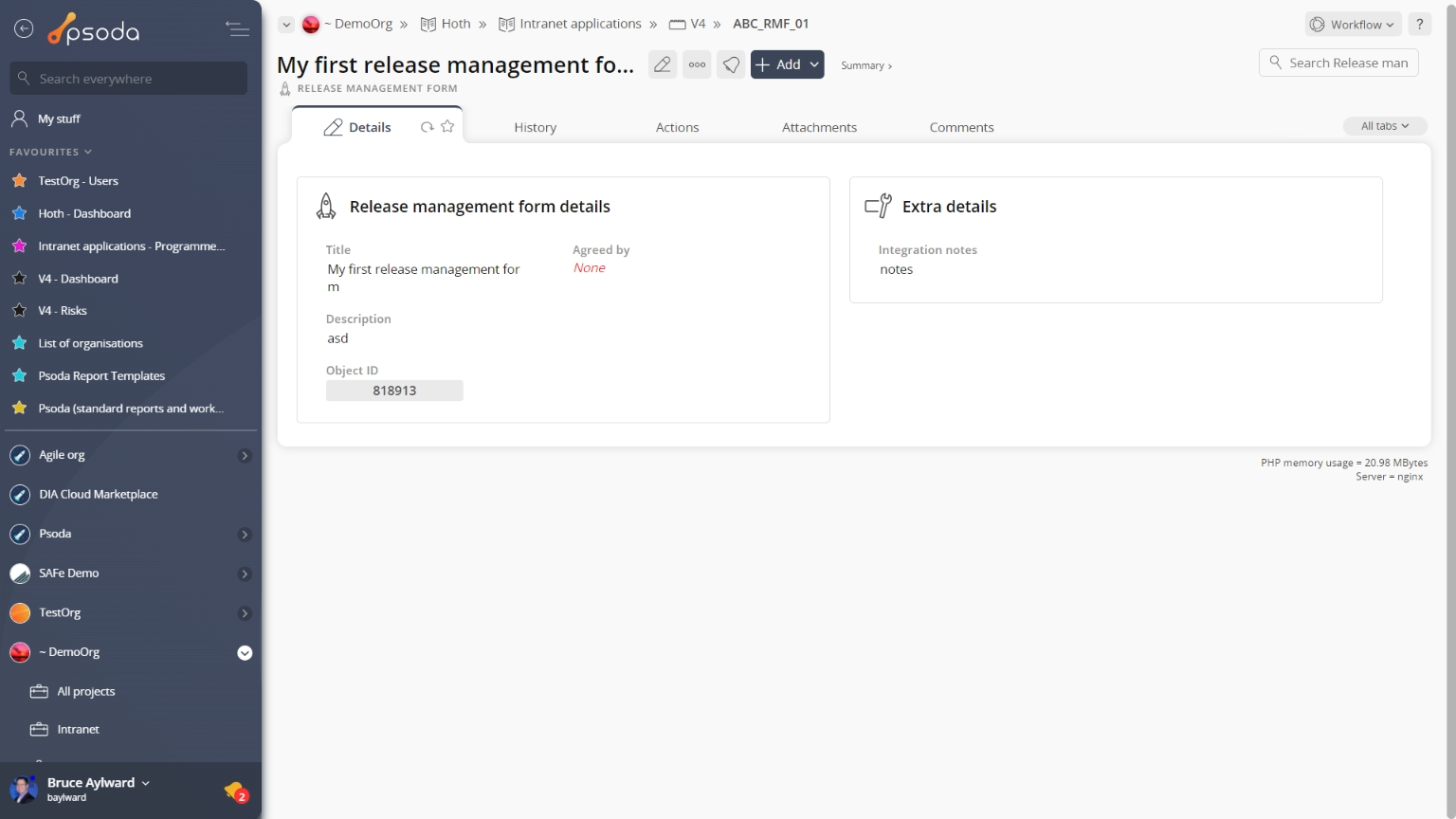
Figure 1 – Release management form view page
The top header area at the top of the top header area allows you to Actions
Actions
This tab shows an asset listing of all of the actions registered for this release management form, as shown in Figure 2. By default, this table will present you with a number of details about the actions such as it’s reference, description, priority and due date to name a few. If you click on the reference link of the listed action, you will navigate to that action’s view page.
From the Actions column of this actions table, you can act on individual actions by 
Figure 2 – Release management form actions tab
Note that you can customise your table view by clicking the Attachments
Attachments
This tab shows an asset listing of all of the attachments that have been added to this release management form, as shown in Figure 3. By default, this table will present you with a number of details about the attachments such as the file’s name, attachment type, view the version and access a download link.
From the Actions column of this attachments table, you can act on individual attachments by 
Figure 3 – Release management form attachments tab
Note that you can customise your table view by clicking the Comments
Comments
This tab shows an asset listing of all of the comments that 
Figure 4 – Release management form comments tab
Note that you can customise your table view by clicking the Details
Details
This tab shows the details for the selected release management form such as it’s title, description and a list of users this release management form was agreed by, as shown in Figure 5.

Figure 5 – Release management form details tab
These fields may allow for inline editing although these permissions may be linked to your access rights. If you feel that you should have access to some of these permissions, contact your System Administrator.
 Escalated
Escalated
This tab shows an asset listing of the asset that this release management form has been escalated to, as shown in Figure 6. By default, this table will present you with a number of details about the escalated asset such as the type and name.
You can de-escalate the selected release management form from the Actions column of this asset listing.

Figure 6 – Release management form escalated tab
Note that you can customise your table view by clicking the edit button at the bottom of the escalated table. Here, you can also export this list to
Excel or
CSV files.
 History
History
This tab shows shows some basic history of the release management form, as shown in Figure 7. By default, this tab will present you with a number of details about the release management form’s history such as the creation date, creation user, last update date and last update user. If the release management form has been changed then this section will also show a table of all the changes that has been made, including the date of each change, the field changed, the value before the change and the user who made the change.
Figure 7 – Release management form history tab
Note that you can customise your change table view by clicking the edit button at the bottom of the change table. Here, you can also export this list of changes to
Excel or
CSV files.
 Reports
Reports
Figure 8 – Release management form reports tab
This tab shows a list of reports that you can run for this release management form, as shown in Figure 8. Votes
Votes
This tab shows shows the voting history for the release management form, as shown in Figure 9. By default, this tab will present you with a number of details about the release management form’s voting history such as the vote’s title, transition, when the vote was taken, the vote’s result and any notes associated with this vote to name a few details.

Figure 9 – Release management form votes tab
Note that you can customise your table view by clicking the edit button at the bottom of the table. Here, you can also export this list to
Excel or
CSV files.
